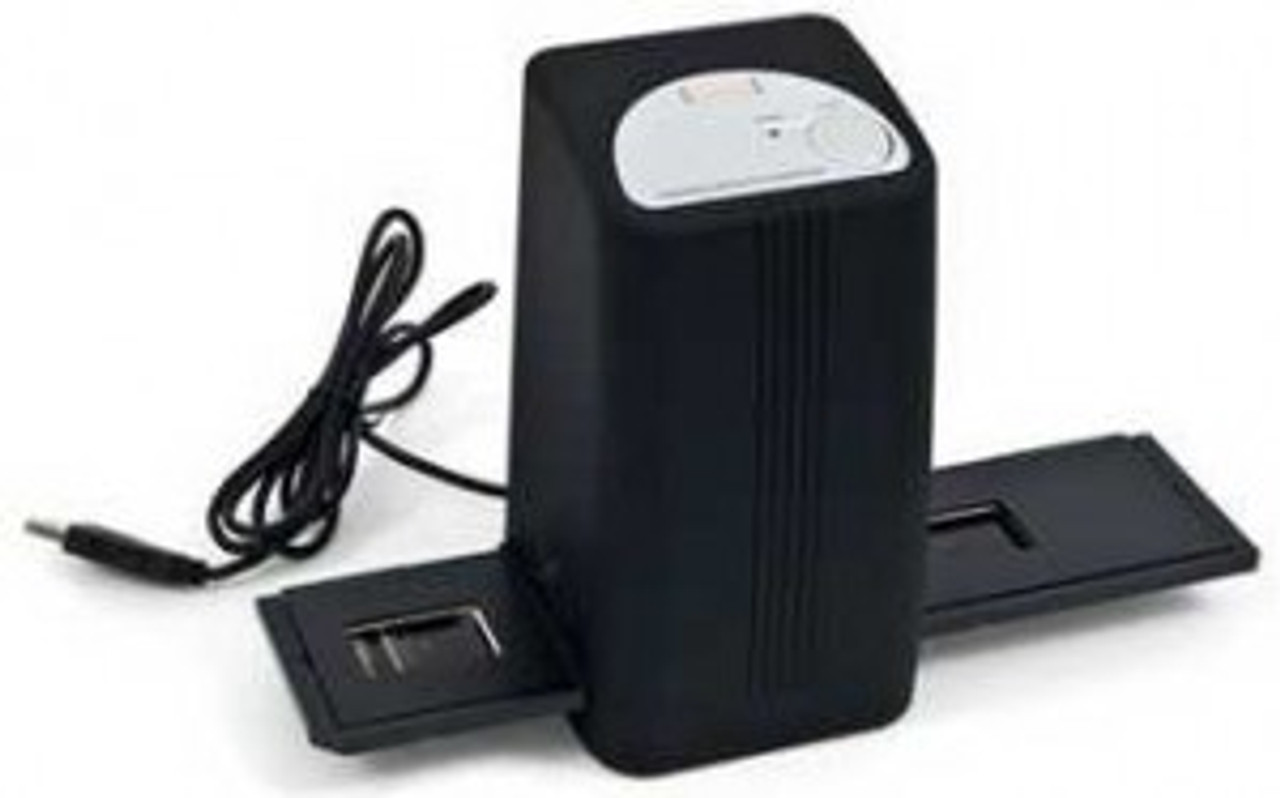

Dmaxĭmax refers to the optical density and amount of detail that the scanner can capture in the shadows and highlights- think of it as the dynamic range of the product. That will give you a wider variety of colors for more vivid, accurate images with smoother gradations. For these values, the higher, the better. Color depthĬolor or bit depth refers to the amount of data that the scanner collects for each color. They are perfect for scanning slides, film negatives, medium format film, large format sheet film, prints, and documents- all in a single device! But, if you don’t care that much about versatility and you want to get high-quality scans with more detail, then go for a dedicated film scanner.

If you want a multipurpose scanner, you should go for a flatbed scanner. But, keep in mind that a higher optical resolution means more money- and probably a slower scanning speed. Try to look for a device with a scanning resolution of at least 3000 dpi to ensure you capture a neat image. But, it is also the most expensive and complex alternative, so it is not suitable for home use.
#21C FILM AND SLIDE DIGITAL CONVERTER PROFESSIONAL#
It can capture more information than other scanners and provides the highest scan quality for professional uses. Overall, negative scanners offer impressive image quality but are still a cheap and easy-to-use option to scan film and slides.Ī drum scanner uses photomultiplier tubes that record each image as it passes in front of optics that transfer the photos to your computer. A motor scrolls the negatives automatically, and a CCD image sensor captures the data. That makes them the most versatile option since you can scan prints, slides, documents, and various film formats with the same scanner.Īlso, most flatbed scanners are pretty affordable compared to regular film scanners, but they don’t offer the best resolution for professional film scanning.Ī negatives film scanner (also called a slide or transparency scanner) works with uncut film and scans the image using a narrow and focused beam of light that records each photo, frame by frame. In essence, they are not specialized film scanners, but some of them include a transparency unit to scan negatives. With that in mind, let’s head into the main types of film scanners: Types of ScannersĪ flatbed scanner reads the intensity and color of an image by shining white light through the glass and capturing images line by line. But, if you want to make large prints with great detail, you should go for an option that provides higher image quality and advanced features. The scan quality, functionality, and type of scanner you need will depend on what you want to do with the scanned images later.įor example, if you only want to create digital versions of your analog photos for social media, a basic flatbed scanner will fit the bill. When choosing the best film scanner, price is not the best indicator to make the wisest purchase. That can lead to dust or fingerprints on your photos, and no one wants to go through that ordeal. Not all labs handle film negatives with the required delicacy, especially if they have to take them to another place for scanning.

A home film scanner solves this issue.Īnother perk is that no one will take better care of your negatives than you. When you leave your negatives in a lab, you can’t oversee the scanning process, so you can’t decide the exposure and color settings of the results, and you might even get your photos cropped. On top of that, scanning your own film gives you total control over the output you get. If you love shooting film and need to scan images regularly, your scanner will pay for itself in a few months. Instead of taking your negatives to a lab and paying additional costs for scanning (which can be pretty expensive, by the way), you can digitize your photos yourself without spending a dime. The main benefit of film scanners is that you save a lot of money in the long run. You only have to define your needs to set a starting point in your search. Some are dedicated film scanners, while others provide more versatility for scanning prints and documents ( flatbed scanners).ĭepending on your plans for your photos and the type of film you use, it will be clearer to identify which features and accessories can’t be missing in your ideal scanner. There are plenty of options to fit different photographers, film formats, and budgets. That way, you can send your analog photos directly to your computer without having to go to a lab or print anything. In simple words, a film scanner is a device that allows you to copy your film images in digital format via the negatives.


 0 kommentar(er)
0 kommentar(er)
